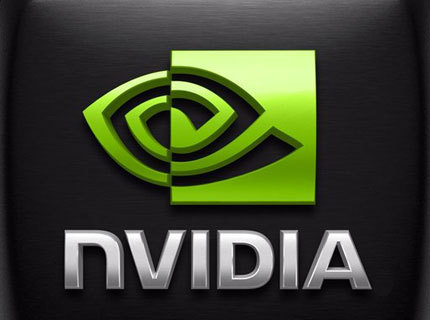As a PC user, you may have some questions about if you should always have the newest version of your graphics/video card installed. What are some reasons why you would want to update your driver? What are the benefits of doing so? What are the concerns if they aren’t updated?
When it comes to drivers, our stance at Puget is generally “if it ain’t broke, don’t fix it.” Graphic cards are considered hardware, and although we recommend always having your software up to date for the security and stability of your system, hardware is a different story. To make a long story short, if your video card seems to be working well, you are better off not updating it. In general, you probably wouldn’t see much of a speed difference or big feature improvements. There are a few exceptions to the rule.
Sometimes, with the newest driver versions, there can be an significant performance and speed upgrades to your system, especially in games. So, if you see that there is an updated version of your graphics card, see what improvements the new version offers-if it seems like a system-wide improvement or one(s) on games that you play, you’ll certainly want to update them!
Step 1: Find out the exact model of your graphics card (skip to step 2 if you already know what model is in your system).
Press the ‘Windows’ + ‘R’ button and type ‘dxdiag’ in the box and hit ‘ok’.
Step 2: Download the newest, most updated driver.
Option 1: Take those 2 pieces of information you just got-the graphics/video card model number and the version of Windows you use. Go to the NVIDIA website and use the drop down menu that says ‘DRIVERS.’
Fill in the 5 different fields on that page with the information of your exact card and system specifications and hit ‘Search.’
Option 2: You can click on ‘Graphics Drivers’ right below if you would like it to scan your system to figure out which driver you need.
The newest version will pop up on the next screen. If there is more than one version available, it is best to download the newest version. That screen will also tell you which version, when it was released, re-confirms the OS and will tell you how large the file is.
Below that, there is some other information NVIDIA provides; highlights, game information, notes, other supported series and the user guide.
Once installed, you will need to ‘run it’ (i.e. double-click the download to launch the installer).
The installer will launch and it will run a system compatibility check to make sure the graphics driver you are trying to install is actually compatible with your system and the graphics card you have.
Next, it will bring you to a screen that has you can view the License Use for Software information and the NVIDIA Product Security information. You must click ‘AGREE & DOWNLOAD’ to proceed. Go ahead and click “AGREE & DOWNLOAD” and the driver installer file will begin to download on your system.
*Most of the time, you can choose the “Express” download option, but I wouldn’t recommend this one because it is going to leave the old drivers on your computer which can cause issues. It is Puget’s strong suggestion to click the ‘Custom/Advanced’ option.
By doing the custom/advanced install, it will do 2 important things. One, it will remove the GeForce Experience from your system-which is only needed for specific game optimization. Two, it will automatically remove any old drivers associated with the older version and do a clean install of the new driver.
**If the installed gives you an error at this point, go back and check to make sure you are inputting the correct details into the 5 fields at the start and try again. If it still gives you an error and won’t let you install the driver, reach out to our Support Department (425.458.0273) for assistance.
On the next screen, check the box that says ‘Perform a clean installation.’ And unless you are a gamer, uncheck the "GeForce Experience" box.
After the new driver has completely installed, you can click ‘close.’ Restart your computer and you should be good to go!
Need help with your Puget Systems PC?
If something is wrong with your Puget Systems PC, we are readily accessible, and our support team comes from a wide range of technological backgrounds to better assist you!
Looking for more support guides?
If you are looking for a solution to a problem you are having with your PC, we also have a number of other support guides that may be able to assist you with other issues.
